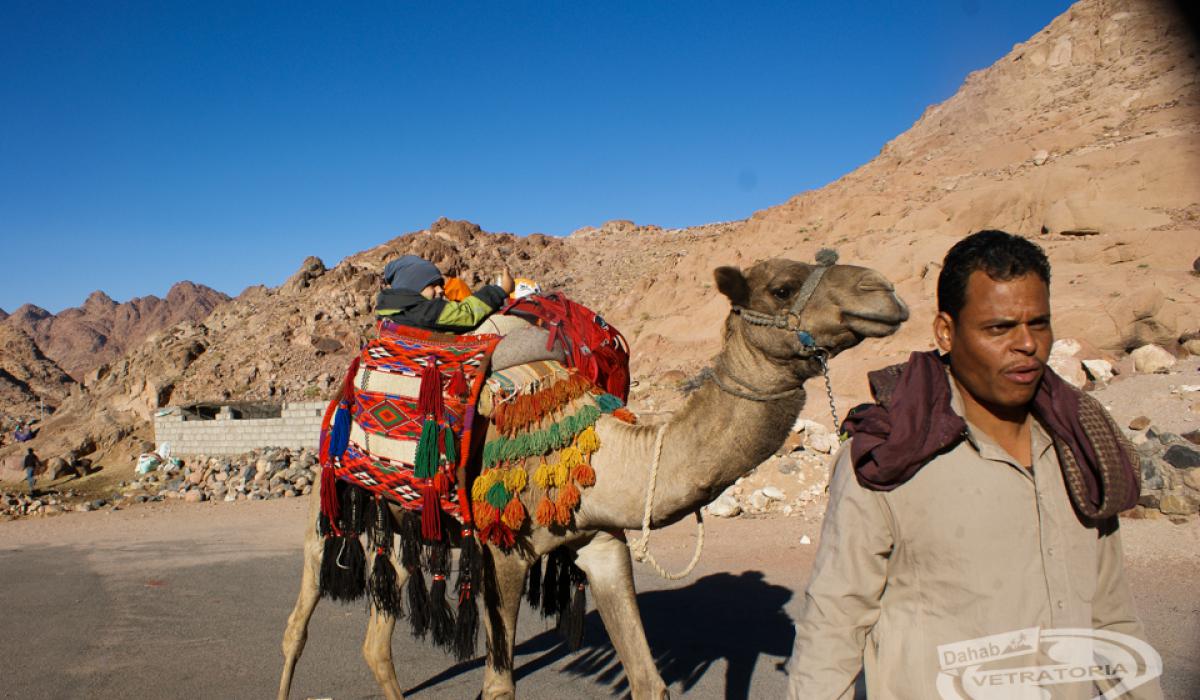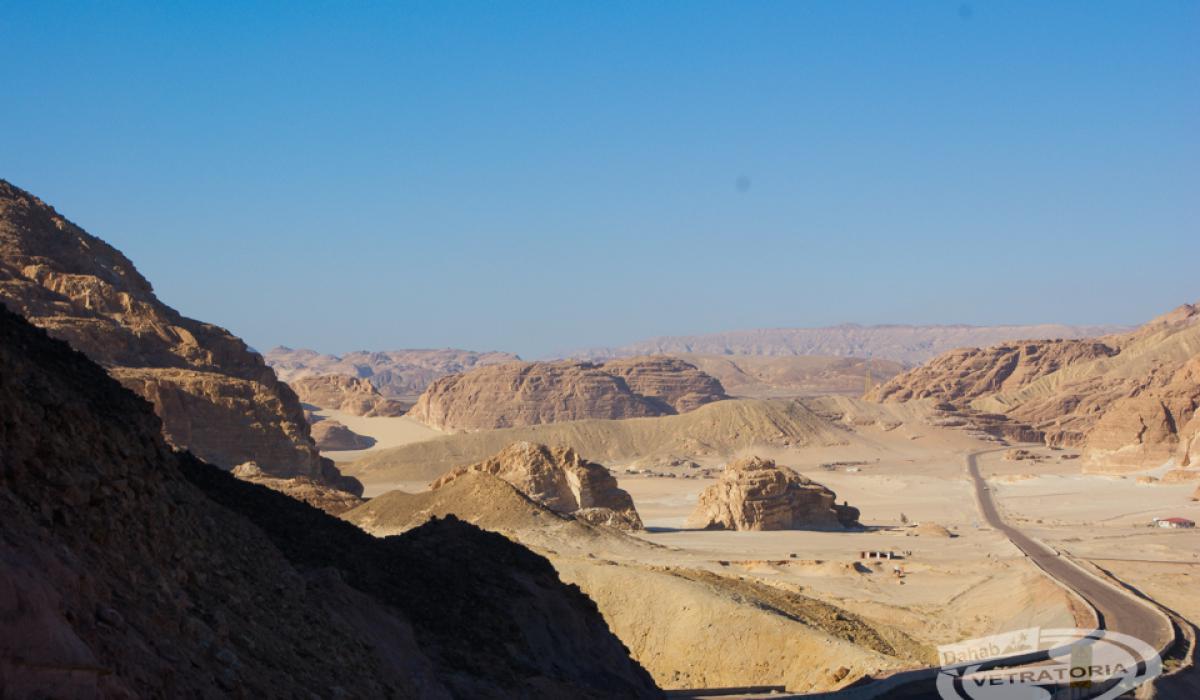The Holy Monastery of the God-trodden Mount Sinai, Saint Catherine’s Monastery
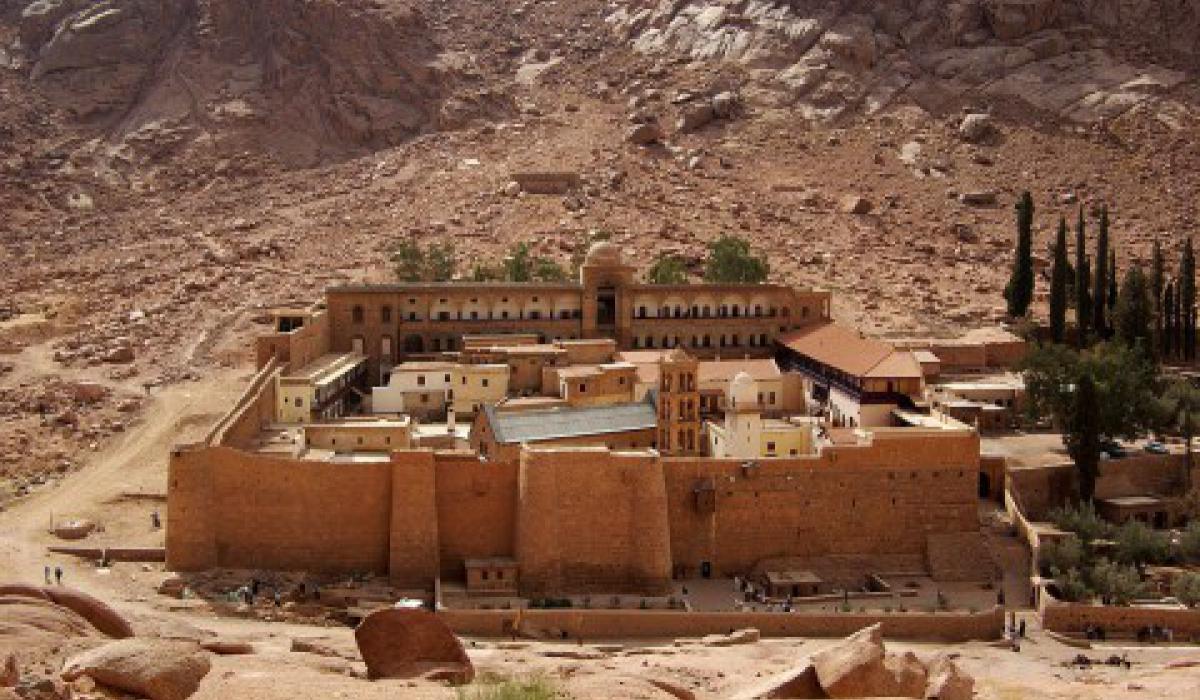
We are glad to give you a glimpse at our trip to a UNESCO world heritage site in the Sinai peninsular.
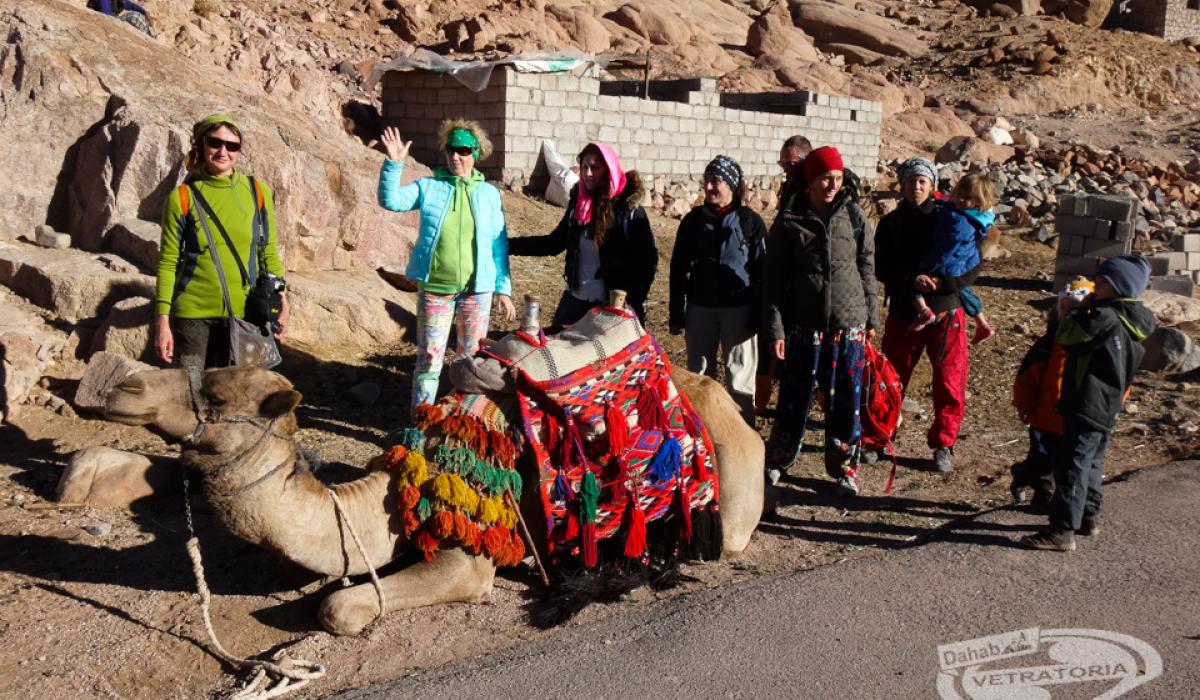
The Greek Orthodox monastery of the God-trodden Mount Sinai is located at the very place where God appeared to Moses in the Burning Bush, beneath the Mount of the Decalogue. In the providence of God, it is at this site also that the holy relics of Saint Catherine are enshrined. This is the oldest continuously inhabited Christian monastery, dated back to 527-565 A.D.
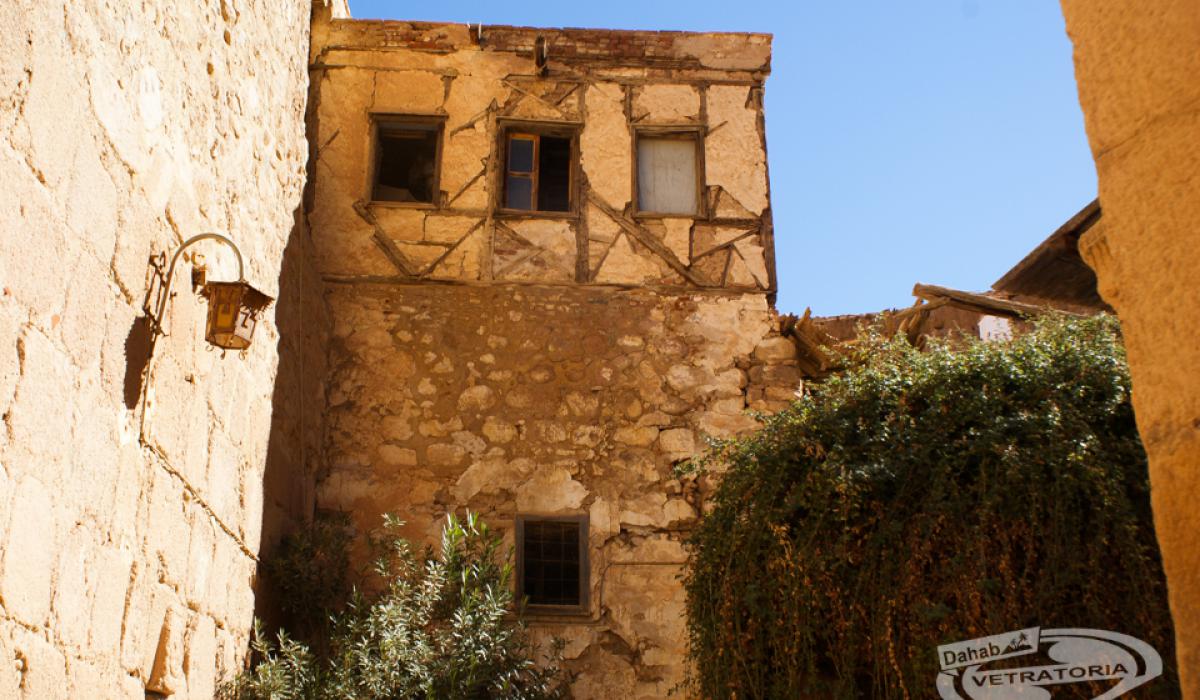
The monastery has never been destroyed in all its history, and thus it can be said to have preserved intact the distinctive qualities of its Greek and Roman heritage. Members of other Christian confessions have honoured the monastery, coming as pilgrims to this holy place. But from its beginnings, the Christian inhabitants of Sinai belonged to the Greek speaking world, and it has remained so to this day.
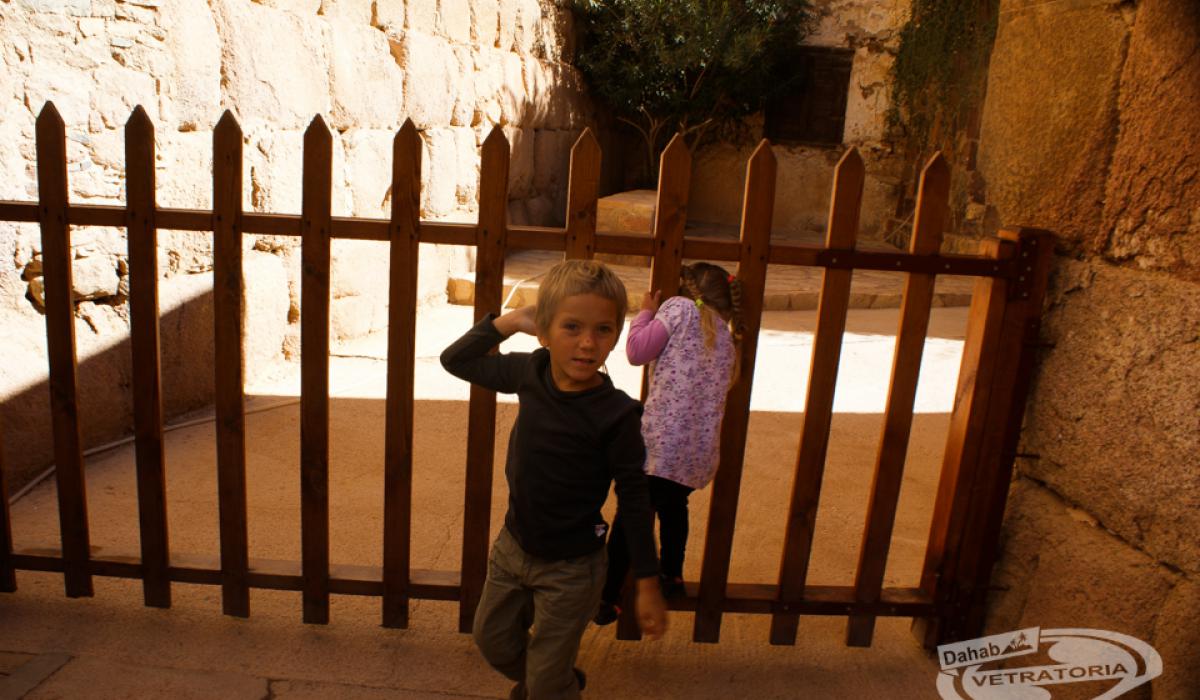
The earliest description refers to the Monastery of the Holy Virgin, for the revelation of God at the Burning Bush was seen as a type of the Virgin Mary and the Incarnation. The monastery is also especially dedicated to the holy prophets Moses and Elias, who both came to this mountain, and who both spoke with Christ at the Transfiguration. More recently, it has been known as Saint Catherine’s Monastery. This remains its name today, though the monastery has not lost its earlier dedications.
The monastery has been honoured by rulers throughout its history. These include the Empress Helena, the Emperor Justinian, Mohammed the Founder of Islam, Sultan Selim I, the Empress Catherine of Russia, and Napoleon Bonaparte. Contemporary heads of state have continued to show their interest in the monastery. The Holy Monastery of Sinai has been celebrated throughout the world for its spiritual and cultural radiance. It has been revered not only by Christians, but also by Moslems and Jews. It has recently been listed by UNESCO as a World Heritage Site, both for its cultural and for its scenic significance.
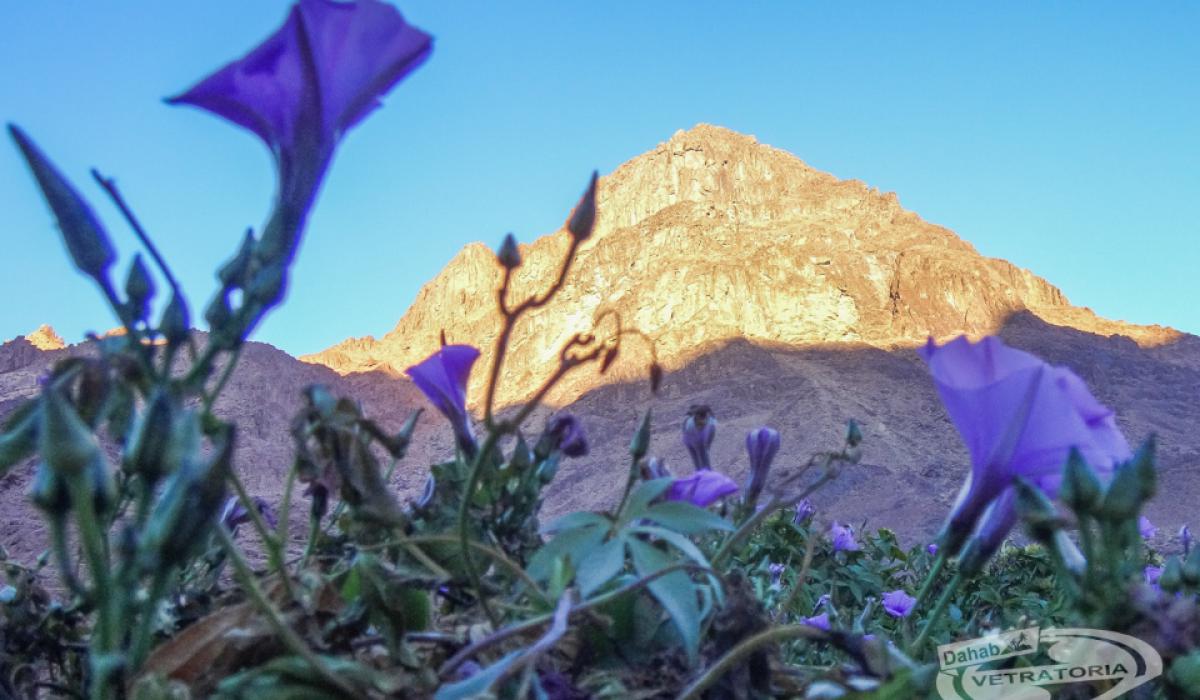
The ring given by the monks to those who were present at the ceremony of witnessing St. Catherine remains.According to tradition, Catherine of Alexandria was a Christian martyr sentenced to death on the wheel. When this failed to kill her, she was beheaded. They say that angels took her remains to Mount Sinai. Around the year 800, monks from the Sinai Monastery found her remains.
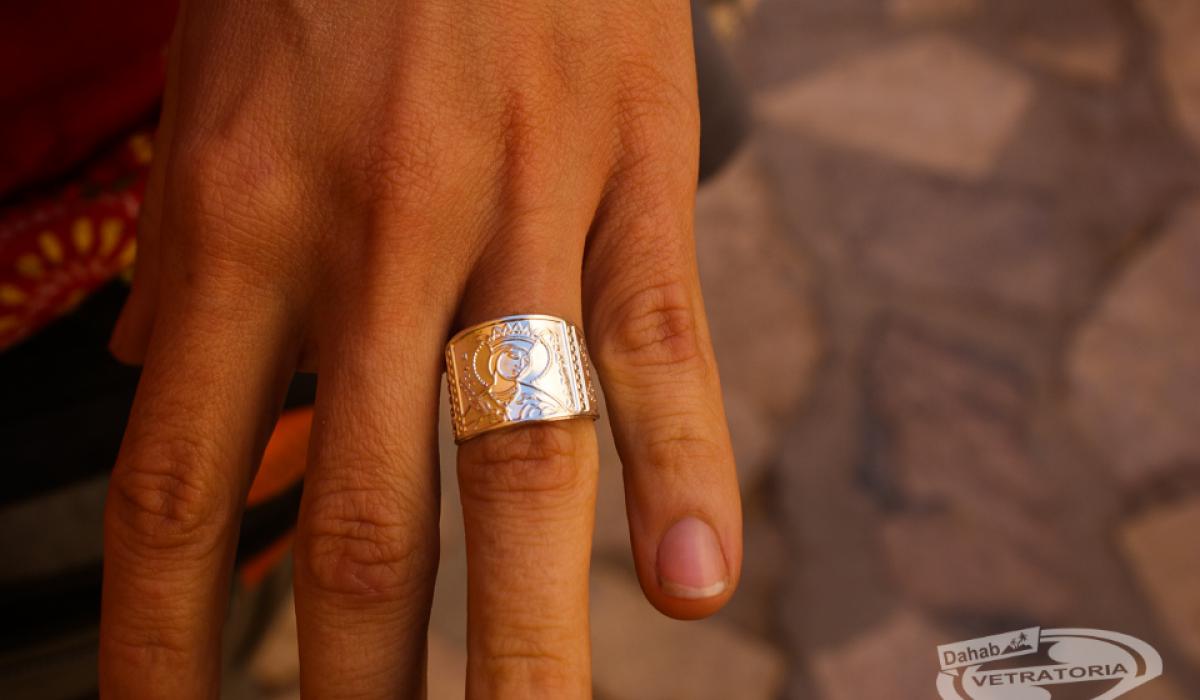
The term “bedouin” in the Arabic language refers to one who lives out in the open, in the desert. Eutyches, the ninth century Patriarch of Alexandria, writes that when Justinian built the monastery, he settled next to it some two hundred families brought from the Pontos of Anatolia, and from Alexandria, in order to guard, defend, and assist the monks. The modern-day bedouin are considered to be the descendants of those families that were converted to Islam in the seventh century, and that today form the Sinai bedouin families that make up the Jebeliya tribe. Its members to this day trace their lineage to these soldiers, and are proud of their Greek and Roman origins, as well as of this denomination and cultural identity.
